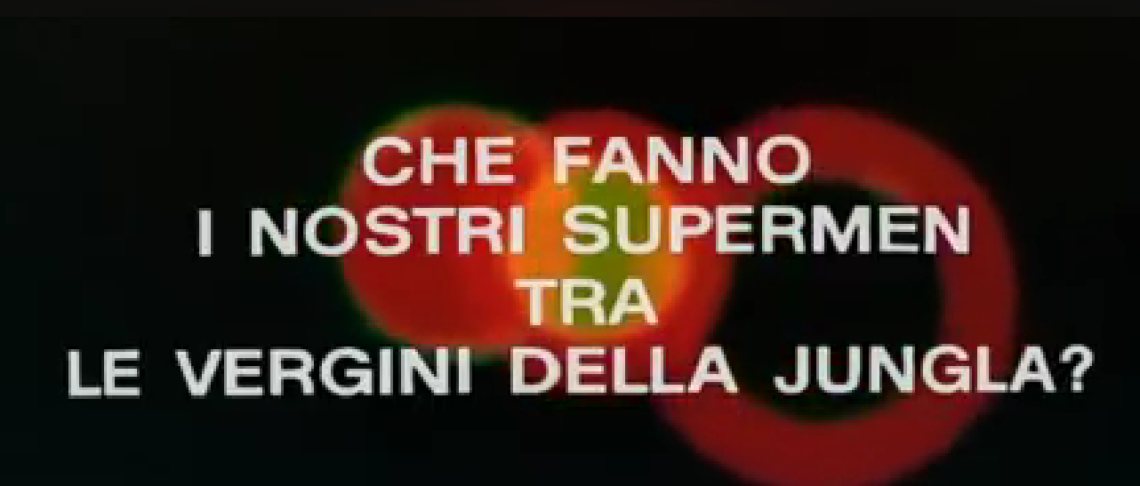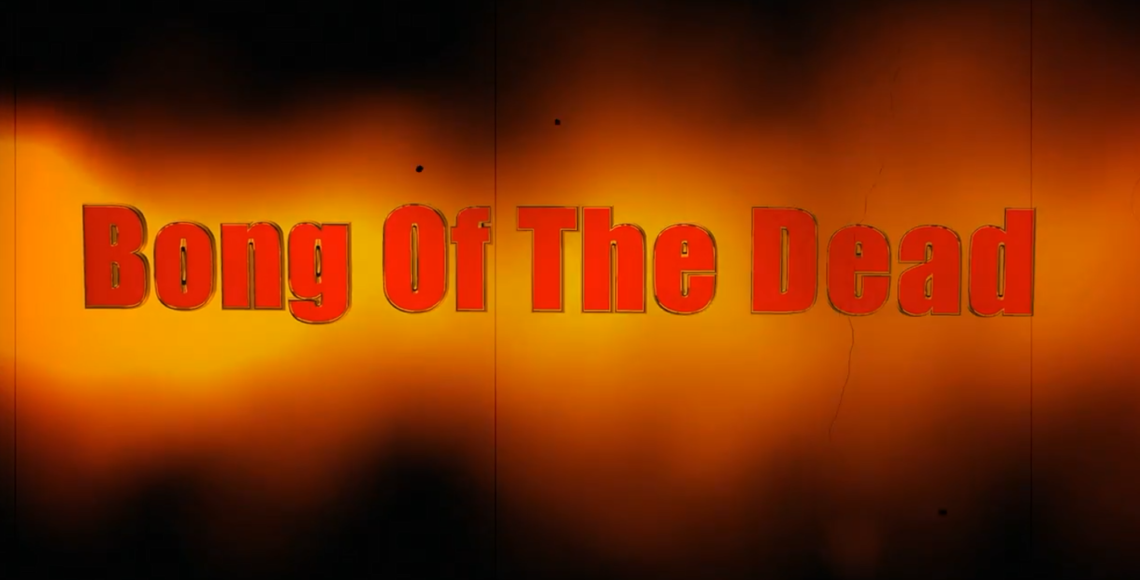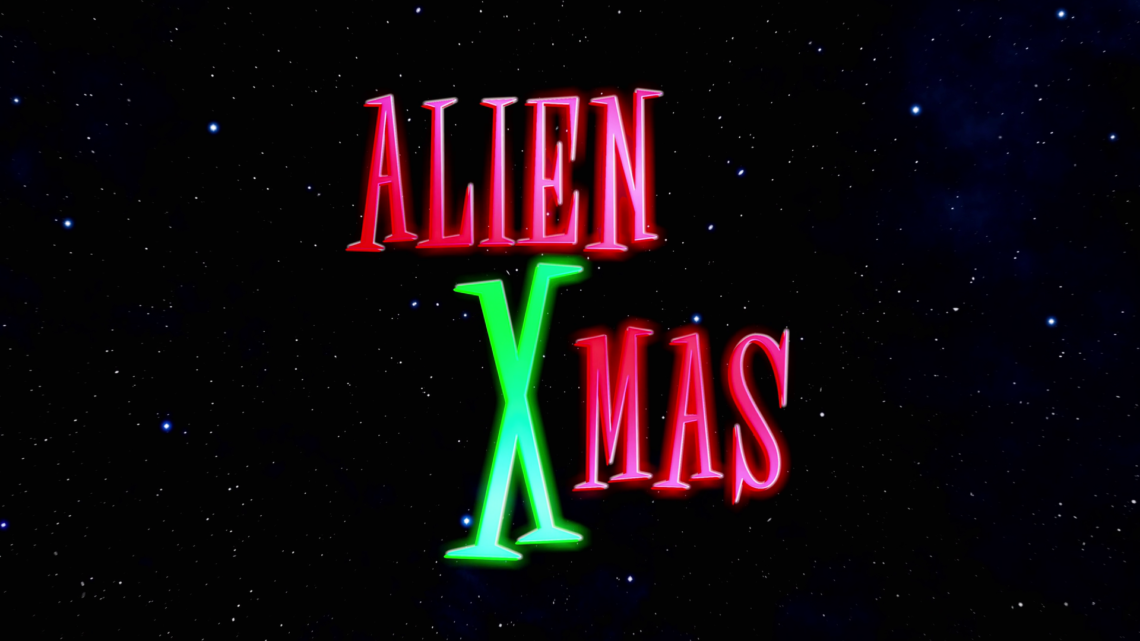-
#549 – Three Supermen Against the Godfather (1979)
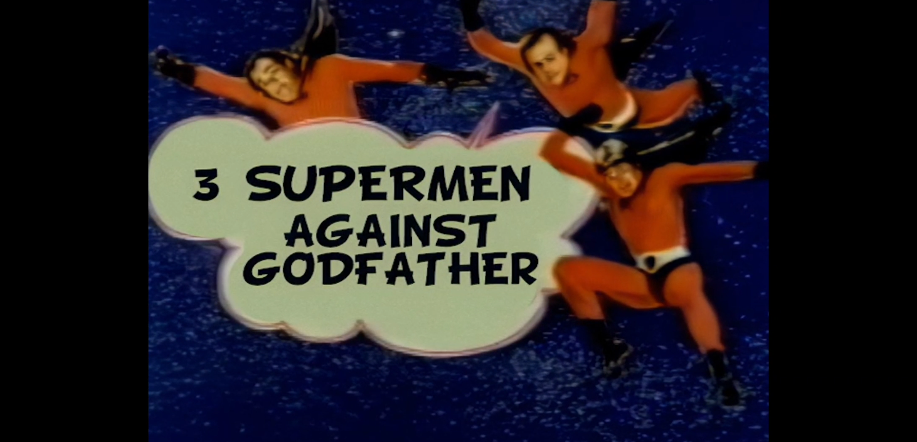
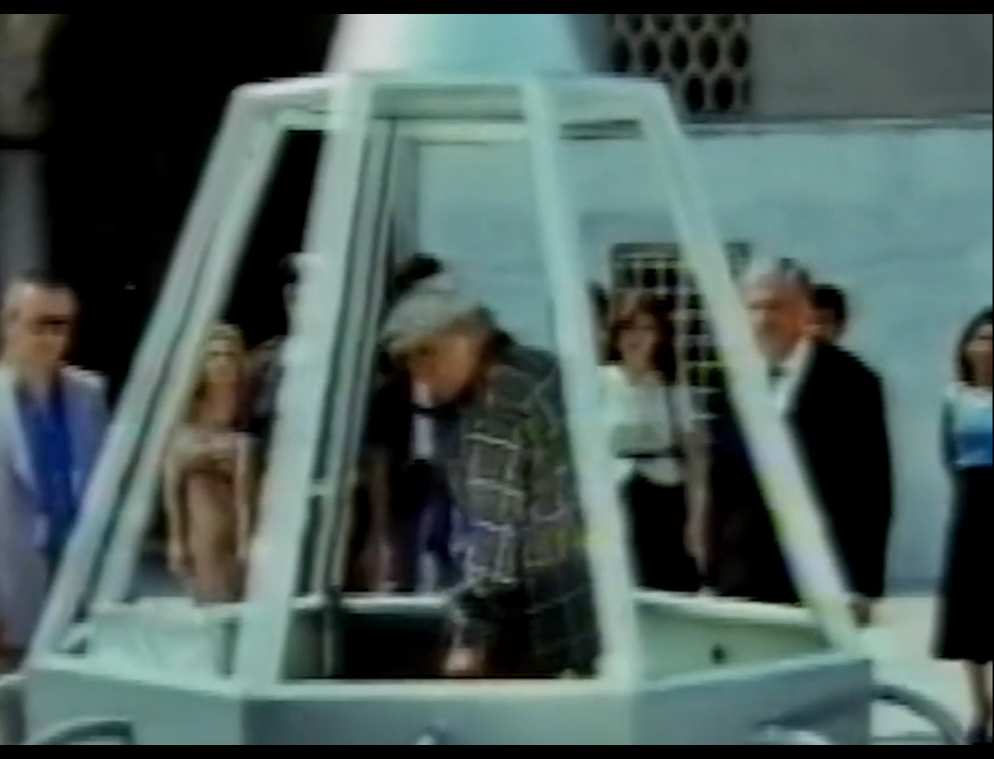

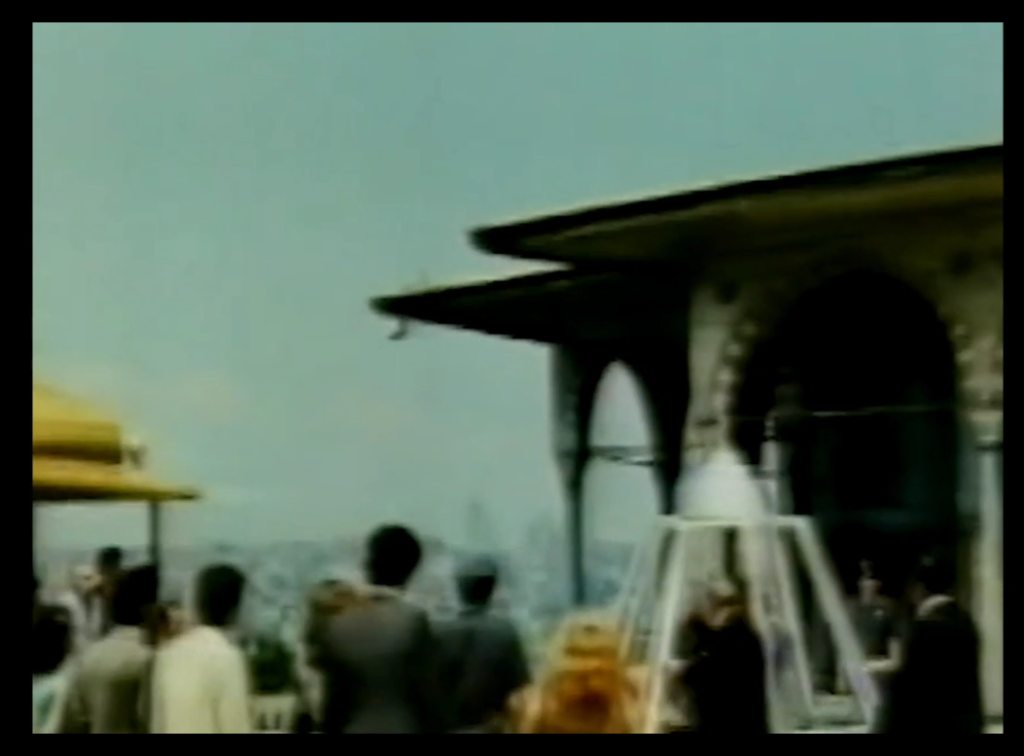
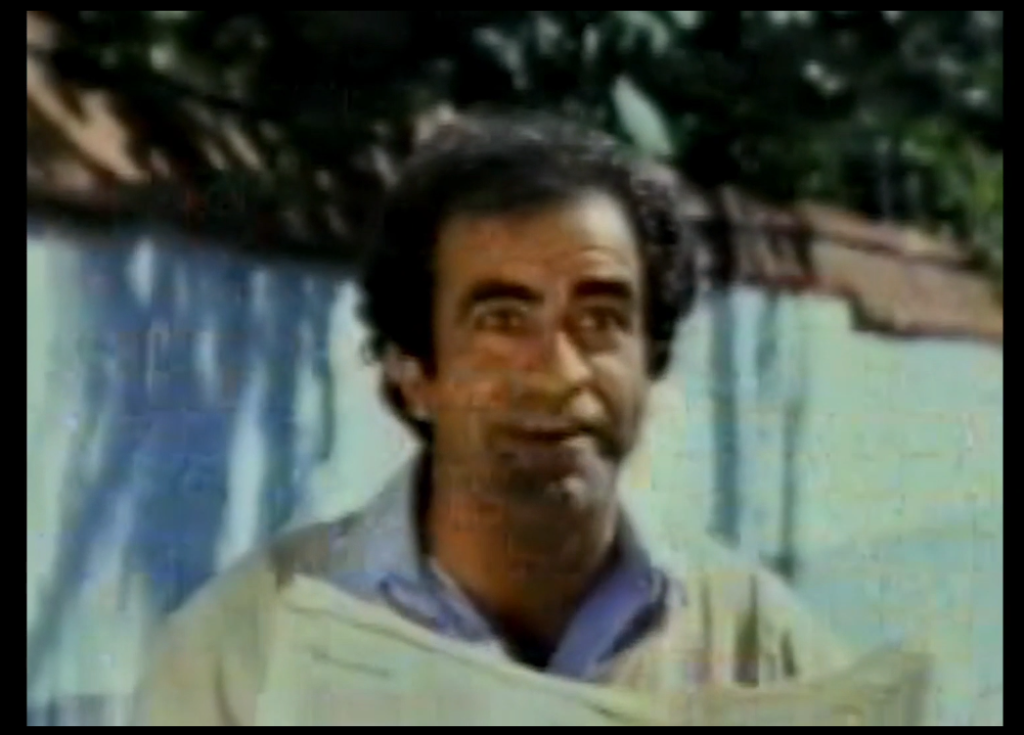



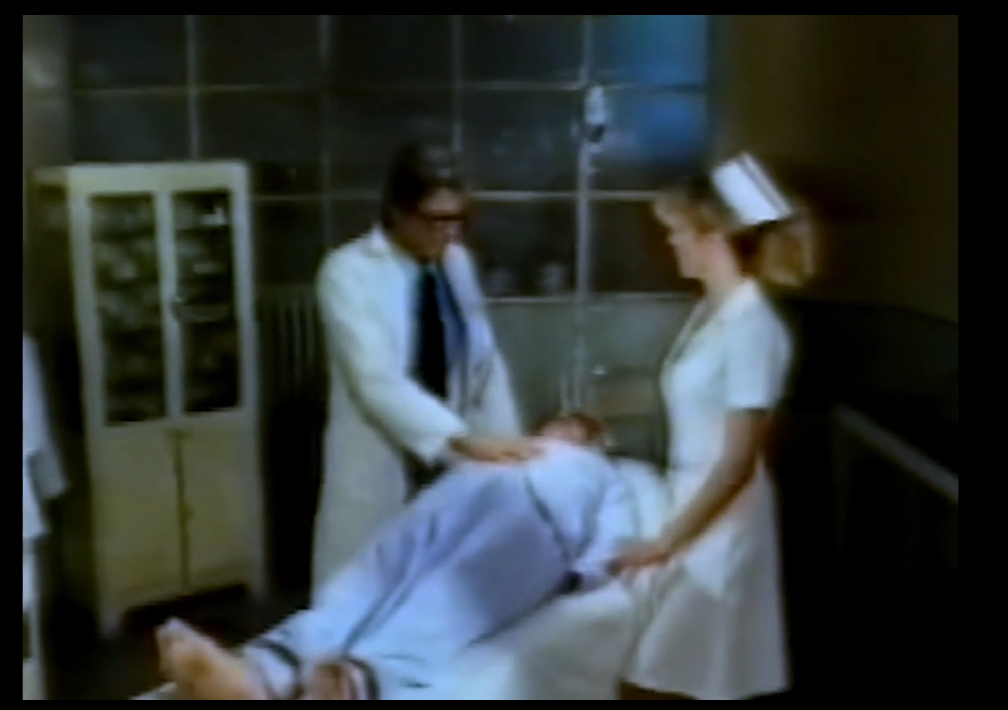
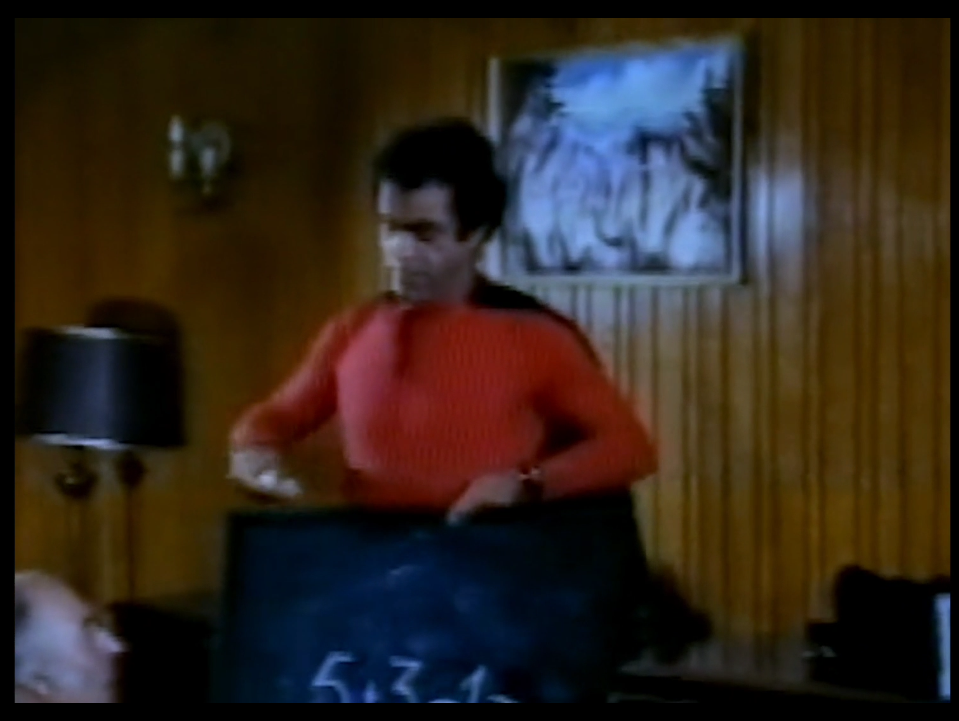
Three Supermen Against the Godfather (1979)
Film review #549
Director: Italo Martinenghi
SYNOPSIS: A scientist has invented a time machine, and uses it to travel back in time in Turkey to the fall of Constantinople, to learn the location of the treasure hidden before the city was sacked. The two thieves known as the supermen learn of this, and decide to try and take the time machine for themselves. But they’re not the only ones interested in it, as an Italian mafia boss, foreign powers, and once again, FBI agent Brad is sent to work with the supermen (against his will) to secure the time machine and protect the inventor…
THOUGHTS/ANALYSIS: Three Superman Against the Godfather (released as Süpermenler in Turkey) is a 1979 film and another instalment of the Three Supermen series of films. This time, the supermen are after a time machine invented by a scientist (not the same one who invented a similar time machine in Three Supermen in the West, of which there is no mention), with the aim of going back to the fall of Constantinople in the fifteenth century, to find out where the royal treasure was buried before it was lost. The two international thieves known as the supermen learn about the machine and decide they want to steal it for themselves, but an Italian mafia boss and some foreign powers are also after the device and the professor; and as always, FBI agent Brad (or whatever his name is this time) is sent by the U.S. to secure the professor and the machine himself, and is ordered to cooperate with the supermen, which he is reluctant to do because of the constant shenanigans he gets caught up in whenever he meets them. The film feels like a return to the classic formula of the films; after the Hong Kong co-production Supermen Against the Orient, which was more of a typical martial arts film that substituted the classic acrobatics with said martial arts, and also messed up what little continuity the series had. While it is a return, it should also be noted that this “original formula” was itself all over the place: some films were science-fiction based others were parodies of spy films, westerns, and so on. With this one, it’s obviously riffing on The Godfather and mafia films, and the sci-fi element of time travel doesn’t really factor into the film at all: they only travel once in the beginning to demonstrate that it works.
As always with the Three Supermen films, the main actors have a bit of a shake up, with only Sal Borgese as the mute superman keeping his role as he has through most of these films. To make things even more confusing this time, Aldo Canti, who played one of the supermen in the first film, returns to the series, but he is instead playing the role of the FBI agent this time, with the other role going to prolific Turkish actor Cüneyt Arkın. The choice of actors doesn’t really make too much of a difference, as their characters aren’t too developed in any particular way, but it’s just interesting to follow this revolving door of casting. The reason for Arkin’s casting is because the film’s production has moved from Italy to Turkey, and I guess his casting would have some appeal to the local market.
The reason for the move from Italy to Turkey is fairly interesting: Italian media became more focused on television, and moved away from cinema in the mid-late 70′s. As such, there was an exodus of sorts of Italian filmmakers to Turkey, where their type of cinema was still more popular. Nevertheless, it would seem this film was hardly released to any cinemas at all, and is probably the most difficult to get a hold of in the franchise. While the film does have the usual slapstick moments, scantily-clad women, and some stunts, we don’t get the typical acrobatics we usually do, probably because the newer cast aren’t actually acrobats, and the older cast probably can’t pull the feats off anymore (remember that this franchise would have been twelve years old in 1979). Overall, Three Supermen Against The Godfather is, for better, or worse, a return to the typical Three Supermen formula that is full of a heap of different ideas and directions that don’t really cohere, but it’s still just a bit of silly fun.
-
#546 – Three Supermen Against the Orient (1973)

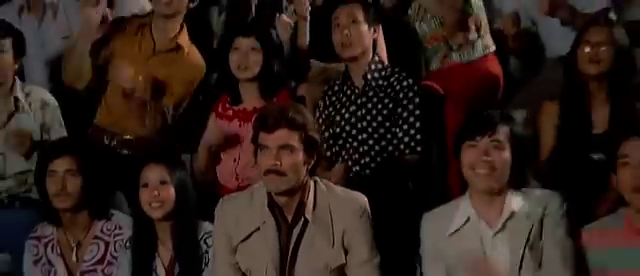




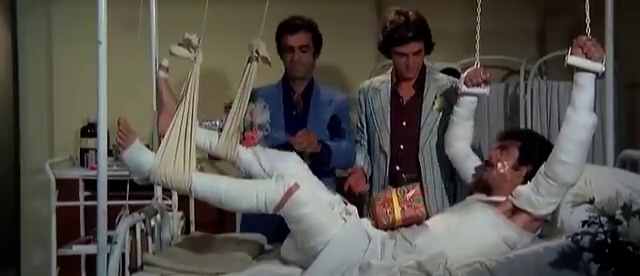

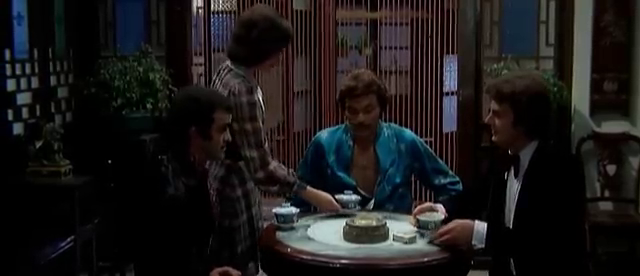
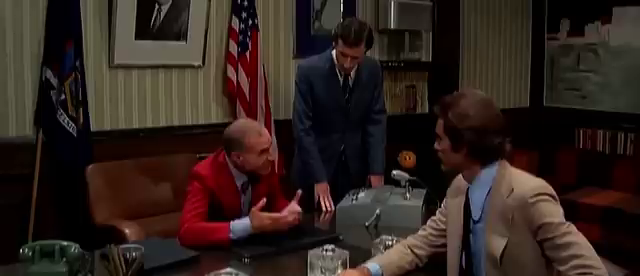
Three Supermen Against the Orient (1973)
Film review #546
Director: Bitto Albertini
SYNOPSIS: FBI agent Robert Wallace is once again summoned on a mission just as he is about to get married: this time, he must find six agents who have gone missing in Taiwan. While there, he meets up with his old acquaintances Max and Jerry, the international thieves “The supermen,” and the three reluctantly team up once again to accomplish their goals: Robert to rescue the agents, and Max and jerry to rob the U.S. embassy…
THOUGHTS/ANSLYSIS: Three Supermen Against the Orient is a 1973 martial arts/comedy, and the fifth film in the Three Supermen series, released the same year as the previous Three Supermen of the West. The film follows the typical premise of these films, with an FBI agent teaming up with his old acquaintances the two international thieves, this time to save a group of six agents who have been kidnapped and are being held in the far east. The most notable thing about the film is, if you’ve seen the other films in the series, is that is completely incompatible with them in terms of continuity. For example, the three main characters know each other, which means their previous antics in the other films probably still happened, but the main issue is that the supermen don’t have their bulletproof suits, which is their main selling point. They get them about half way through the film when FBI agent Robert Wallace manages to persuade the American ambassador to hand them over, and the supermen are surprised by them being bulletproof. Adding this up, it seems that the previous films happened, but also didn’t happen at the same time? As far as I am aware, this is the first Three Supermen film to get an English dub, so maybe they wanted to reintroduce the suits for first-time audiences, but then why have the characters know each other prior to the film? It’s very confusing. On the one hand, there’s not too much continuity between the films, as they are self-contained adventures, but at least they didn’t contradict each other.
Apart from the continuity issues, the film feels very much like a typical martial arts film. The supermen don’t even appear until thirty minutes into the runtime, and all this time is spent Wallace wandering around the wrong city before he finally goes to Hong Kong. In some respects, it just feels like a standard martial arts film with the Three Superman shoehorned in, but the director of some of the previous films directs this one, so there is come continuity behind the scenes. There’s still the comedy elements of the franchise and a little bit of slapstick, but it doesn’t go so far as to spoof martial arts films, like it spoofed some other genres in the previous films.
As with some of the other films, the actors have been swapped around: this time, only Sal Borgese, who plays the mute Jerry, returns, with the other two being new actors. In fact, there names are different too, but they are supposed to be the same characters, which again makes the continuity even more confusing. The other characters don’t add too much, but fill their parts just fine. The typical acrobatics that the series is known for is put aside in favour of martial arts, and it’s a shame we don’t get a mixture of the two (the new actors probably don’t have the expertise too). The martial arts was choreographed by a young Jackie Chan, and on the whole it’s well executed and polished, but nothing overly special in the larger context of the huge volume of martial arts films from the seventies.
Overall, Three Supermen in the Orient combines the silliness of the franchise with yet another genre in the form of the martial arts films. However, it sidesteps the spoof and satire in favour of simply making a competent martial arts film with some slapstick western comedy thrown in from time to time. The plot makes no sense in the continuity of the series, but they’re all mostly standalone films anyway, so it can be overlooked. The film doesn’t really add anything to the series, or distinguish itself as a martial arts film, but it’s a decent balance of western comedy and eastern martial arts, backed by competent choreography that might appeal to a broader audience. however, fans of the series may not be too impressed with the riding roughshod over the continuity of the series, and having the main characters rake a backseat.
-
#543 – Three Supermen in the Jungle (1970)

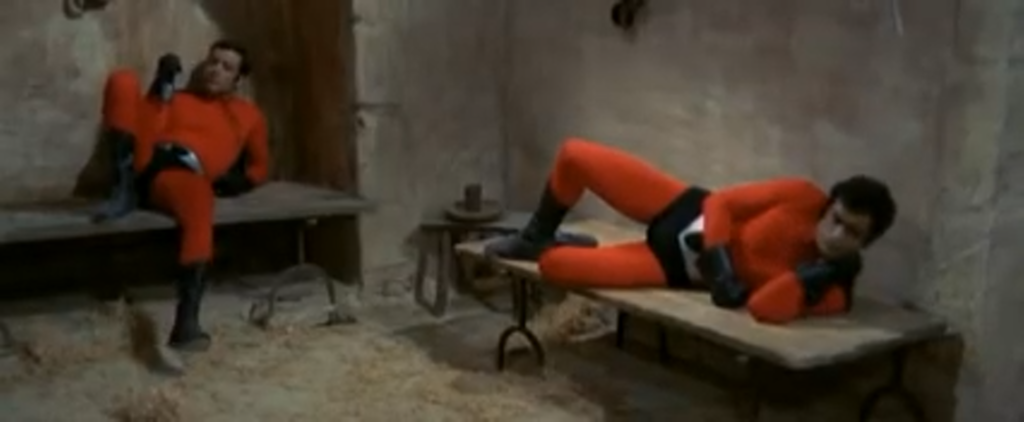
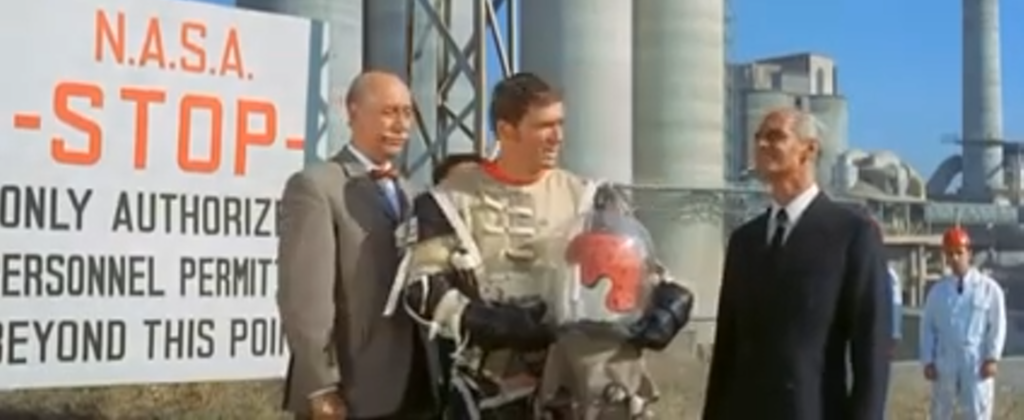


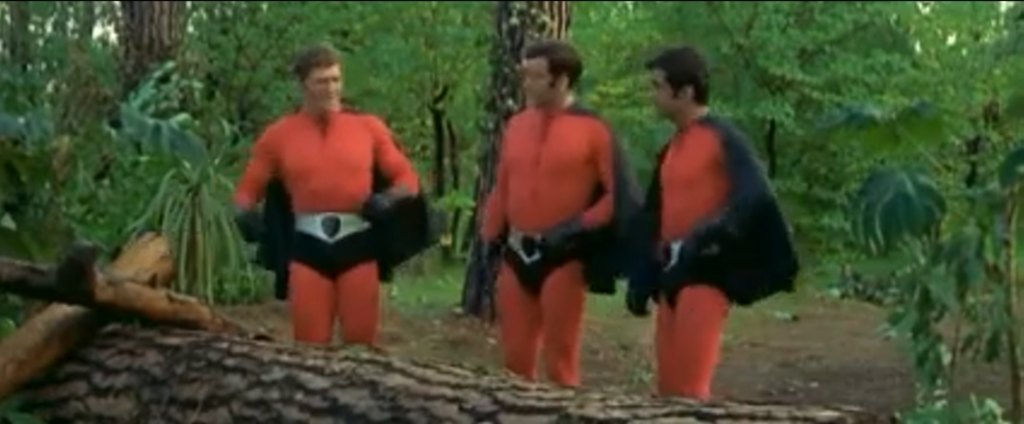
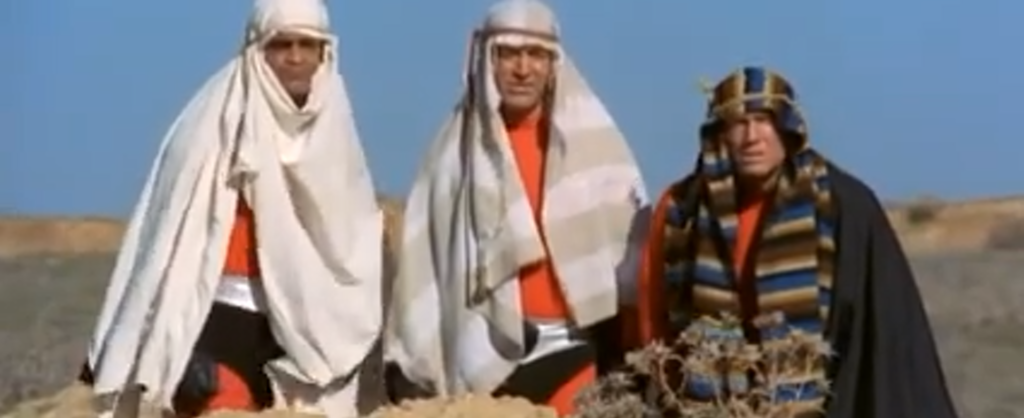

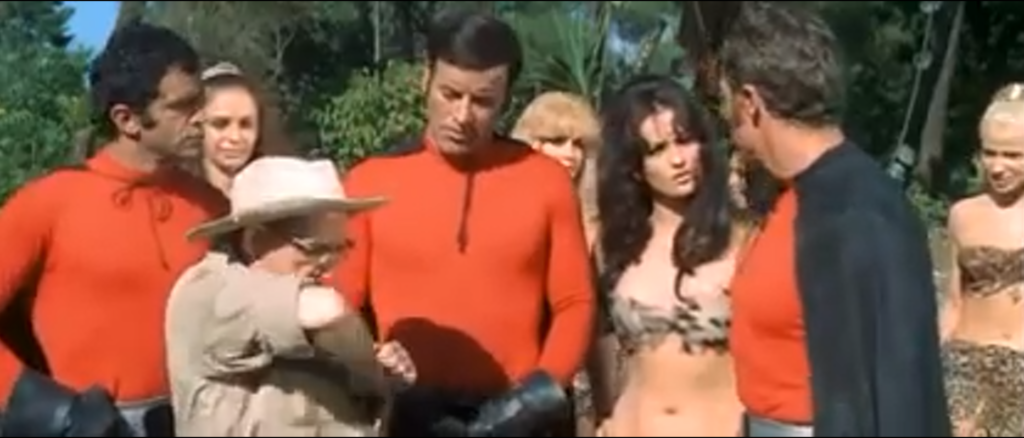

Three Supermen in the Jungle (1970)
Film review #543
Director: Bitto Albertini
SYNOPSIS: The international thieves known as The Supermen are once again caught by the government and, along with government agent martin (again), they are forced to accept a mission on their behalf. This time, they are to head to Africa to stop the Russians from taking control of a uranium mine owned by the local tribe…
THOUGHTS/ANALYSIS: Three Supermen in the Jungle is a 1970 Italian film, and the third in the “Three Supermen” series of films. We once again see the thieving duo known as “the Supermen,” who run around in their bulletproof suits, up to their old tricks, and the government wants to apprehend them to undertake a critical mission. They once again get agent Martin to do it, who is stopped just as he is about to get married, and the three are reunited once again to undertake a mission of critical importance: to head into the jungles of Africa, and prevent the Soviets from acquiring a lease on a uranium mine protected by the local tribe. The film’s plot is essentially following the trope of the “African jungle” adventure, somewhat leaning on parodying them, but mostly just a typical old comedy. As you might expect, a lot of the tropes about Africa, the jungle and the “natives” are outdated stereotypes that are not based in reality, but but certainly not as bad as some other films that do this: being a comedy means that you take these tropes less seriously, and not as indicative of reality.
The films in this series have got constantly less fantastical and sci-fi: as the first one had elements of cloning, and machines that could turn things into precious jewels, and the second just centred around retrieving a film, the third one just revolves around the lease on a uranium mine, which is never actually seen, which is probably a more typical cold war plot. The film makes up for the thin plot by having a variety of locales, plenty of comedic sequences, and energetic fight scenes that instead keep the film at a good pacing, and energetic through most of its run. It feels less threatening than the other films, and perhaps goes for a much more slapstick approach to it’s violence. I wouldn’t say this makes it more for younger audiences though, as there’s plenty of scantily-clad women and innuendos abound. While the second film replaced all the main characters form the first, here they’ve managed to retain two of the three from the second, so at least there’s a bit of continuity. Again, the actors aren’t quite the professional acrobats as the ones in the first film, but the fight scenes are still have plenty of energy and action, with a competent level of choreography involved.
Overall, Three Supermen in the Jungle is a perfectly entertaining low budget film that is lacking in substance or novelty sci-fi elements, but relies on it’s slapstick humour and energetic fight scenes to sustain its energy throughout its runtime; for which it succeeds fairly well. Its fairly forgettable and it’s tropes are outdated, but its got enough going for it to keep viewers from falling asleep.
-
#542 – Three Supermen in Tokyo (1968)
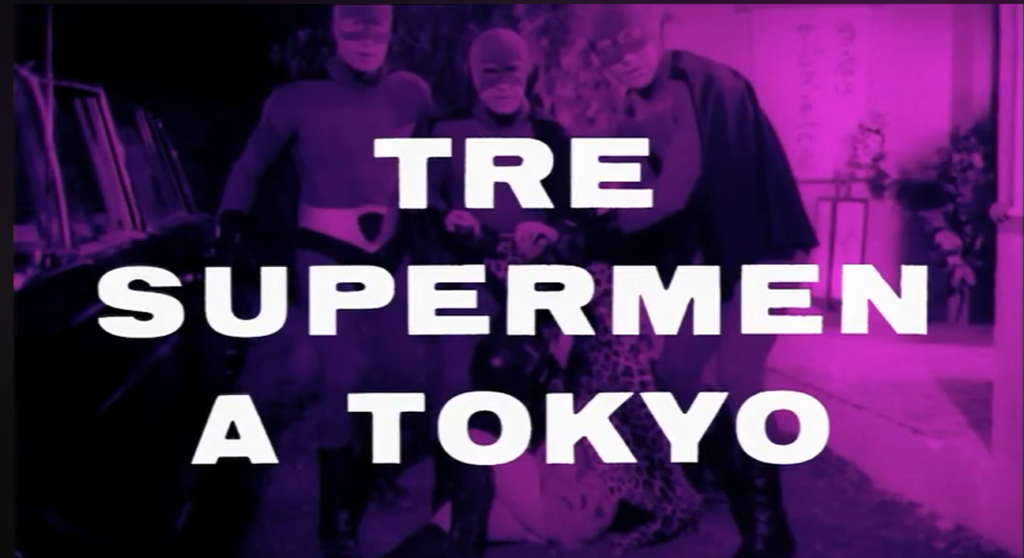

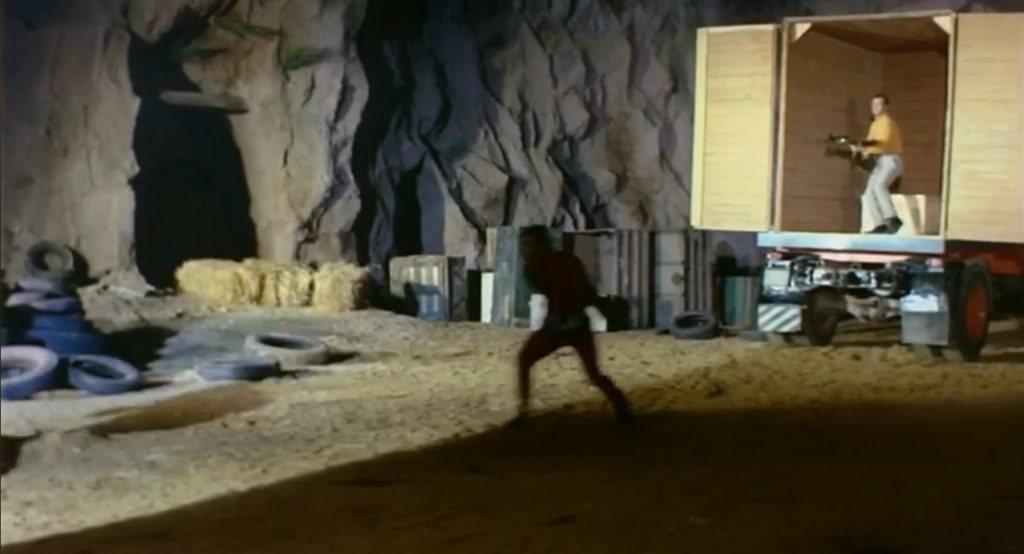
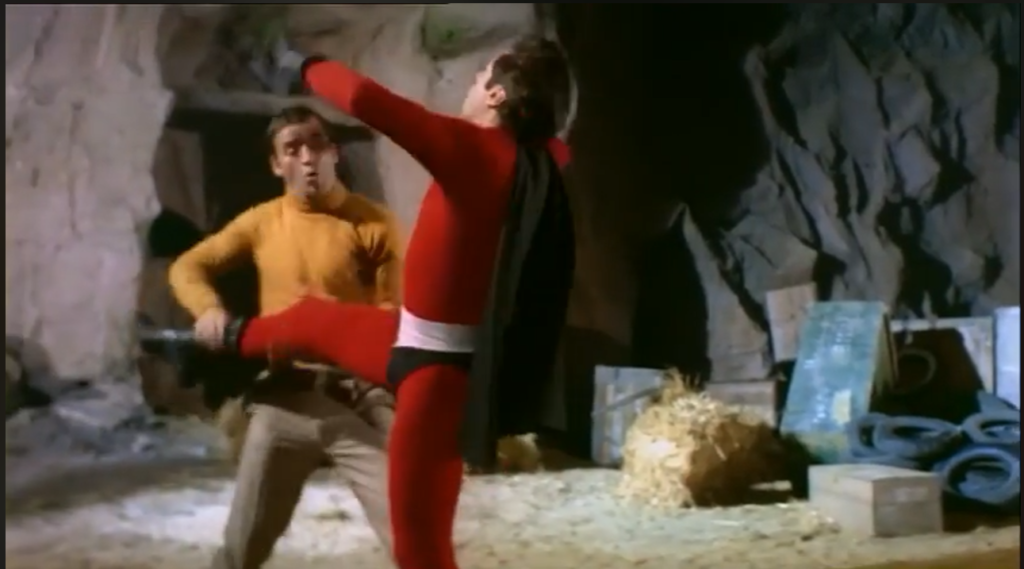
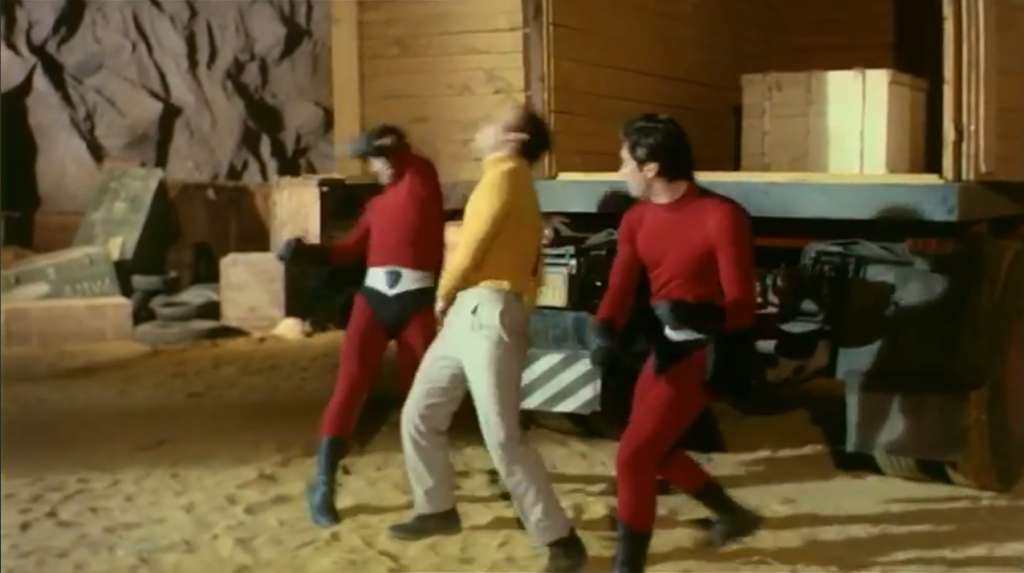
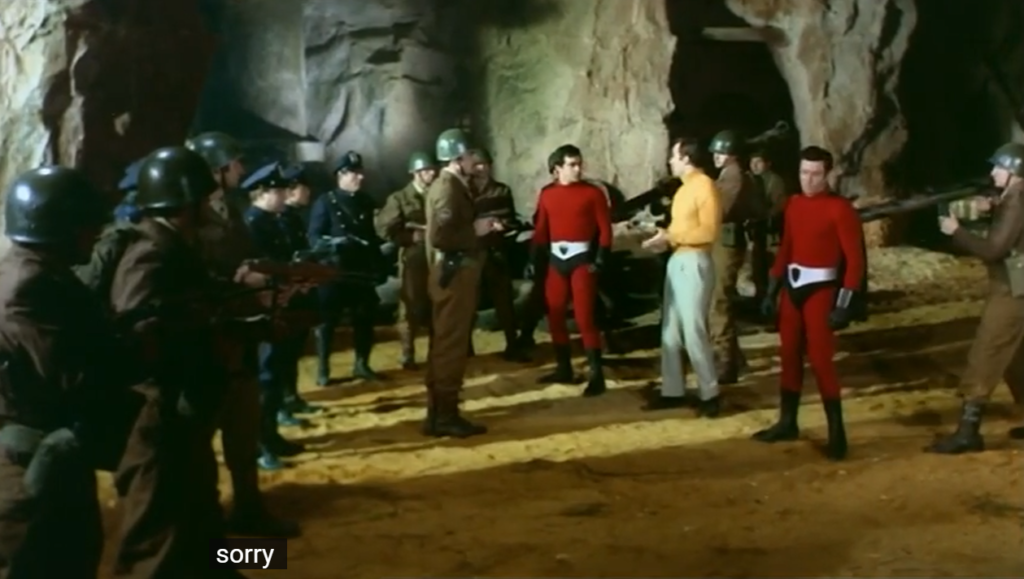

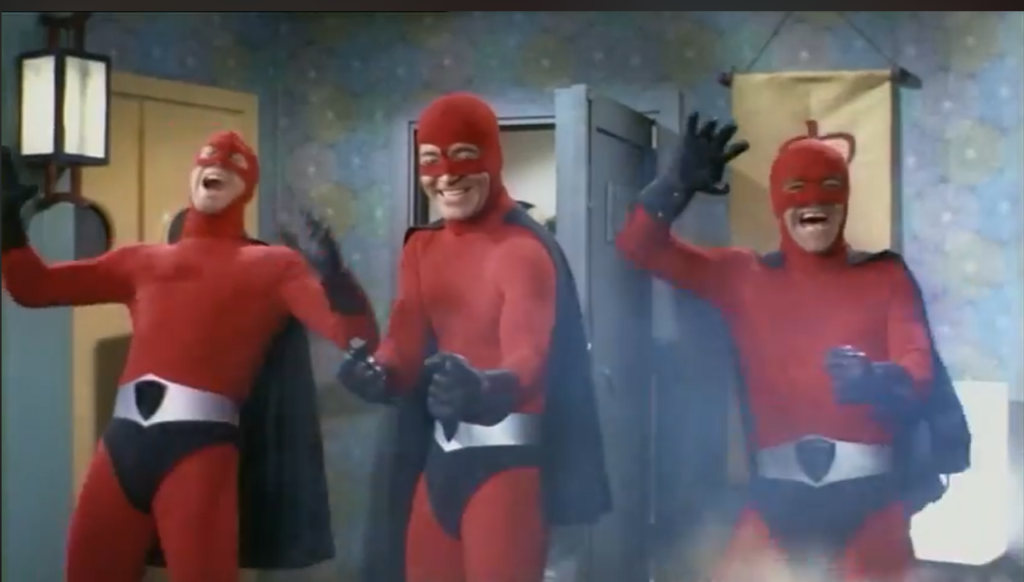


Three Supermen in Tokyo (1968)
Film review #542
Director: Bitto Albertini
SYNOPSIS: The pair of thieves known as “the supermen” are caught in a trap by law enforcement. However, they are offered a deal: their sentence will be commuted if they accept a mission to find a film of a spy and diplomat that, if revealed, will cause a huge political scandal. The two supermen are joined by Martin, a government agent, and the three head off to Hong Kong and eventually Tokyo to find the film and the spy…
THOUGHTS/ANALYSIS: Three Supermen in Tokyo is a 1968 film and the sequel to the 1967 film The Three Fantastic Supermen. The film opens up with the two international thieves who wear bulletproof suits known as “the supermen,” who are attempting to steal the statue of David, which is being transported for exhibition. unfortunately, the whole setup is a trap to lure the two thieves, and the government agent Martin manages to bring them in. The thieves are offered a deal: the criminal charges against them will be dropped, if they agree to undertake a mission on behalf of the government to retrieve a compromising film that a spy has in their possession, that they will show to the public in twenty eight days. The revelations of this footage will bring down the government, and might instigate world war three, so the stakes are pretty high. The two thieves are sent along with martin to Hong Kong and then Tokyo, where they believe the film and the spy who filmed it to be hidden. The film, like it’s predecessor, is a spy spoof/parody poking fun at films like the James Bond 007 series, and is situated in a big scene of Italian spoofs that were released around this time (and for a long while after). The story is fairly standard with no real surprises, but the emphasis is more on the entertainment and comedy than the plot. The humour itself has some decent moments, but not as gripping as the first film, which had a lot more outlandish elements to keep it interesting.
The main difference between this film and the first one is that none of the original actors return in the sequel, apart from one side character. The main issue with this is that the three main characters (the thieves) were professional acrobats, and could pull off some quite impressive stunts and choreography during the fights and action scenes. The replacement actors clearly do not have the same level of expertise, and the film loses one of it’s most unique aspects. The action scenes are still competent, but are lacking compared to its predecessor. Credit to the film should be given for actually shooting a good amount of the film on location in Tokyo. On the downside, there are instances when goons in the fighting scenes are clearly white people made to “look” Japanese with make up and such. Overall, Three Supermen in Tokyo doesn’t quite match up to the original film, and any unique elements that it had are done away with, leaving a more streamlined, average film that could easily get lost amongst the sheer volume of Italian films spoofing the spy genre.
-
#540 – Bong of the Dead (2011)
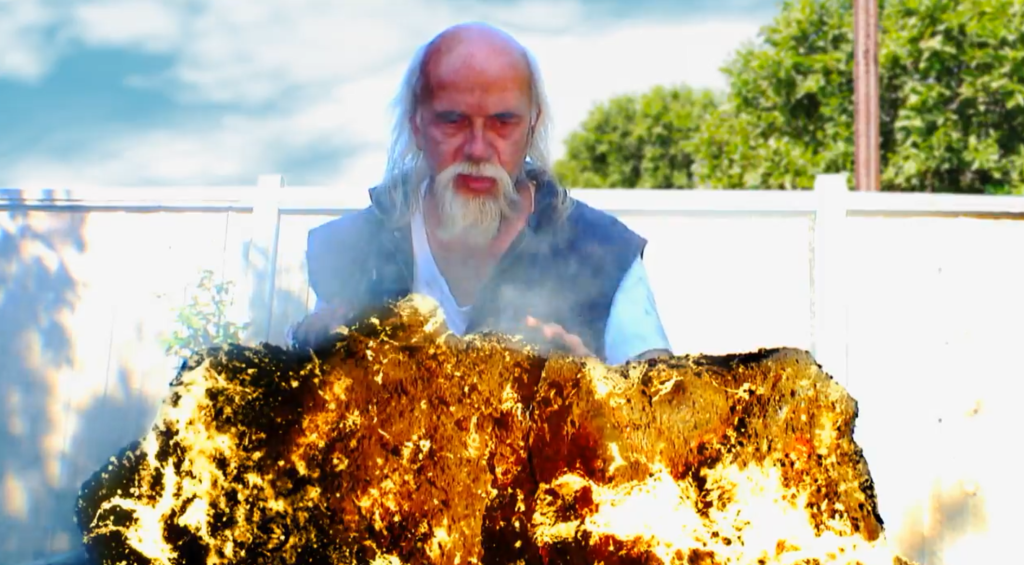



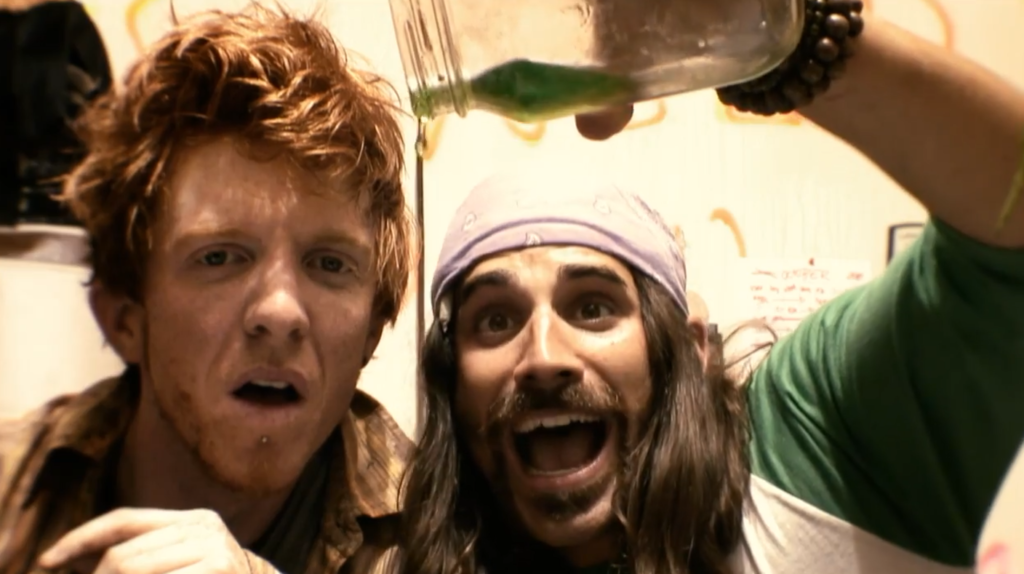

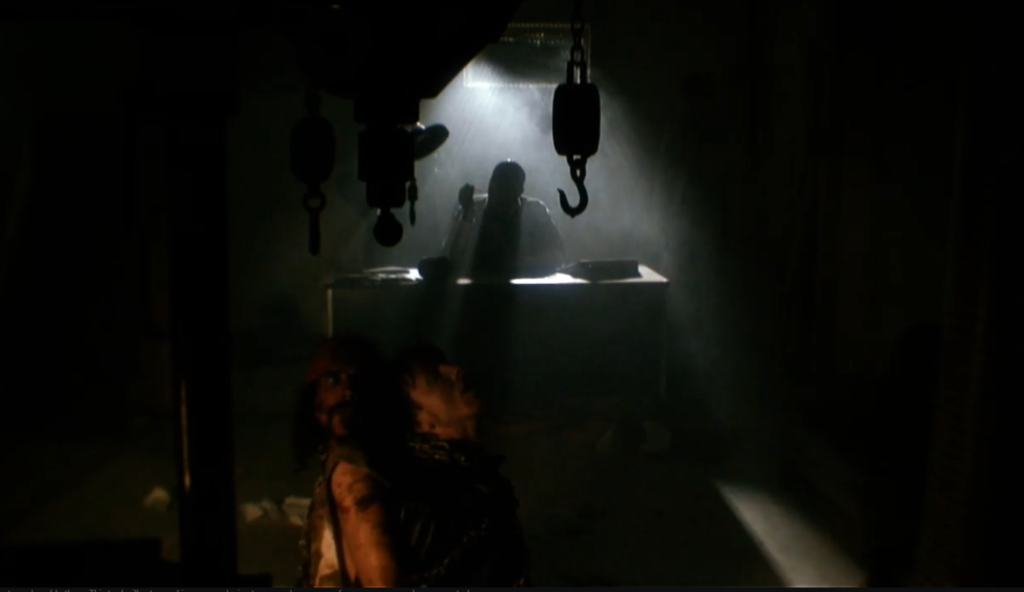


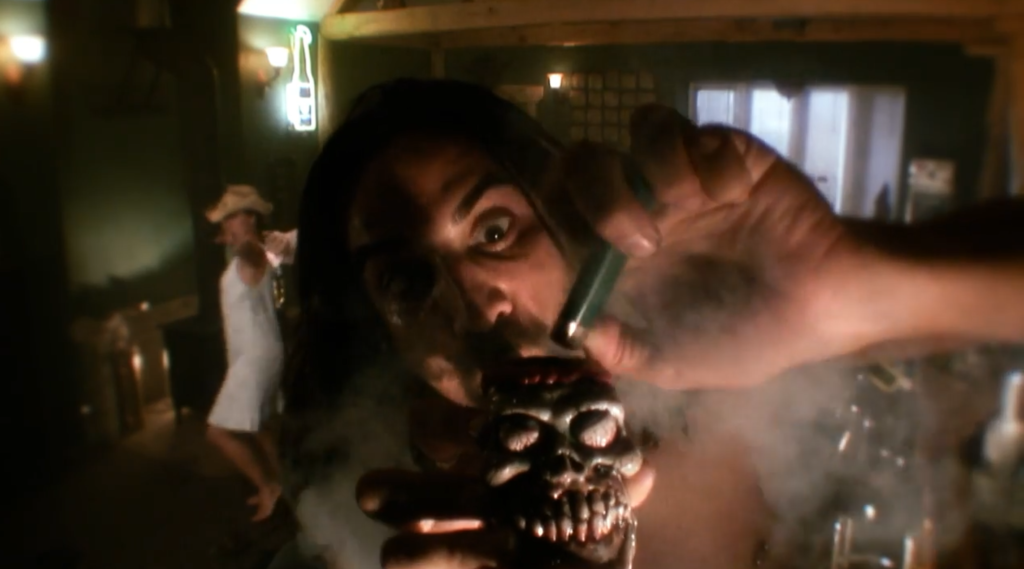
Bong of the Dead (2011)
Film review #540
Director: Thomas Newman
SYNOPSIS: A meteor shower that strikes the Earth has the effect of turning everyone in to zombies and thus causing an apocalypse. A few months after this, two stoners, Tommy and Edwin, discover that the zombies can be used as fertiliser to create super powerful weed. With this in mind, and their weed stocks running low, they decide to travel to the zombie infested areas to get more of their fertiliser, but on the way, they run into a young woman surviving on her own…
THOUGHTS/ANALYSIS: Bong of the Dead is a 2011 film written, produced and edited by Thomas Newman. The film opens up meteors falling to Earth, one of which lands in a man’s garden, who starts to transform into a zombie. This opening scene is played with no dialogue, as we slowly see this man transform into a zombie, along with his wife. This opening scene is fairly clever, using no dialogue, and just showing the man’s transformation using plenty of visual effects. The way his wife is shown to be as much of a zombie as he is when she’s just sitting watching TV is quite clever, and the ending shot of them sitting on the sofa casually picking out each others organs and eating them is such a well executed shot thanks to all the gore and practical effects, and its certainly not what you would expect from a low budget film called Bong of the Dead.
When we get into the film proper, we see something a bit more of what we expect to see: a few months after the meteors have caused a zombie apocalypse and wiped out society (supposedly, we don’t really see anything of it), two stoners, Tommy and Edwin are hiding out in their apartment, when Edwin shows Tommy he has found a way to turn the zombies into fertiliser that can grow super strong weed, they decide to brave going outside into the infected zones to make some more of this weed. Along the way, their car breaks down and thy meet Leah, a mechanic who helps them fix it. I think the film can be easily split into it’s good and bad points: the story is very typical and threadbare, and just consists predictably of a lot of weed smoking and occasional zombies. There’s a villain who appears in two separate scenes, but he doesn’t really have much of a role. The rest of the film is just scenes of empty dialogue that exist probably just to extend the run time. Speaking of which, the film stretches to nearly one hundred minutes, which is way too long for this sort of film. As always, I try not to be too harsh on low budget films like this made mostly by just one person, and try to judge a film based on what it tries to achieve with what it has, but the script definitely needed some help with regards to pacing, content, and just simple cuts. We also get an end credits scene that sets up for a sequel that, unsurprisingly, never came. Why do so many of these low budget films love to set up for a sequel that they never make?
On the positive side, the film’s gore is really good and creative: the practical effects are flowing with flesh and blood, and even in close-ups, it looks pretty convincing. The action scenes where the zombies are getting sliced up look great, and there’s so much blood and gore that covers everyone it’s quite impressive, and gives a real authenticity to proceedings. Apart from this though, the rest of the production is more obviously limited by the budget and being a mostly one man operation, with fairly obvious greenscreens, and a lot of scenes being shot in someone’s house. Even though the camerawork and framing feels like it could have been better, for one person with a camcorder, it’s fine. Overall, for an almost one-man production, Bong of the Dead does some things better than you would expect: the practical effects are good, and there’s some effort put in to throwing about as much blood and gore as possible in some scenes. This is counterbalanced in the story not having anything special outside of typical stoner humour and zombie apocalypse stuff, and an overly long runtime dilute the positives, so we’re left with a fairly typical film that does what you expect. nevertheless, credit where it is due to Thomas Newman for pulling this off almost entirely by himself.
-
#539 – Alien Xmas (2020)



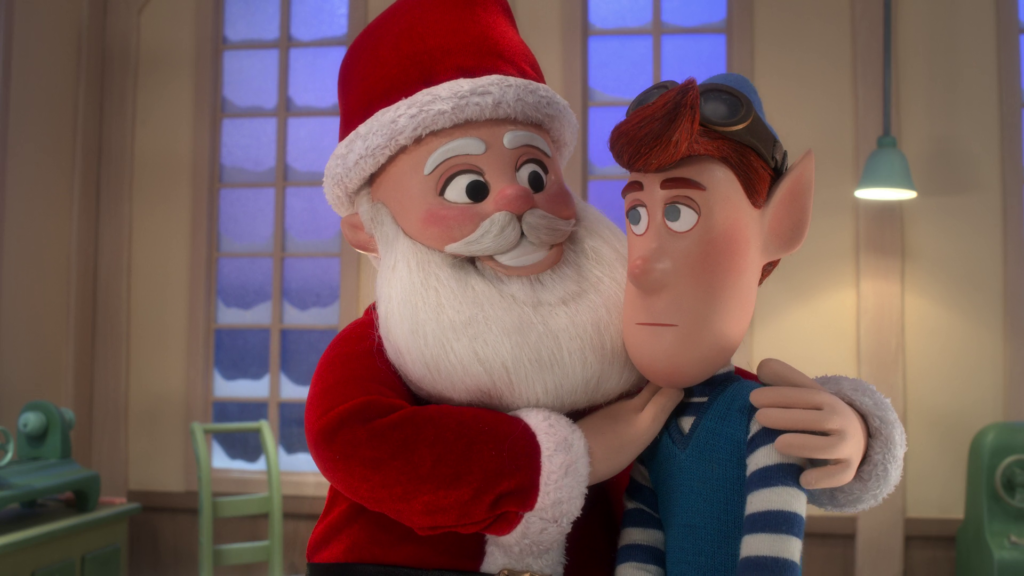
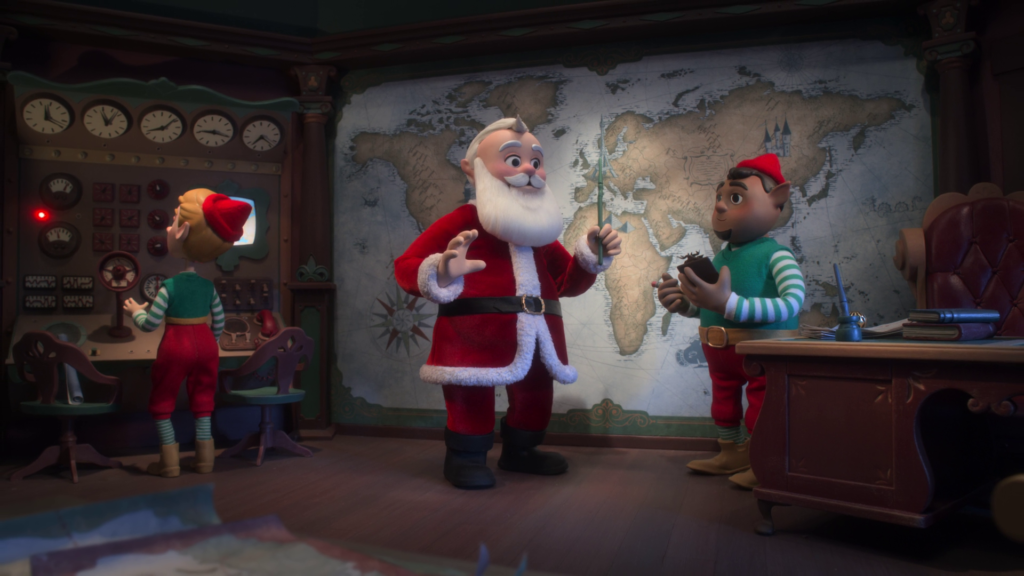
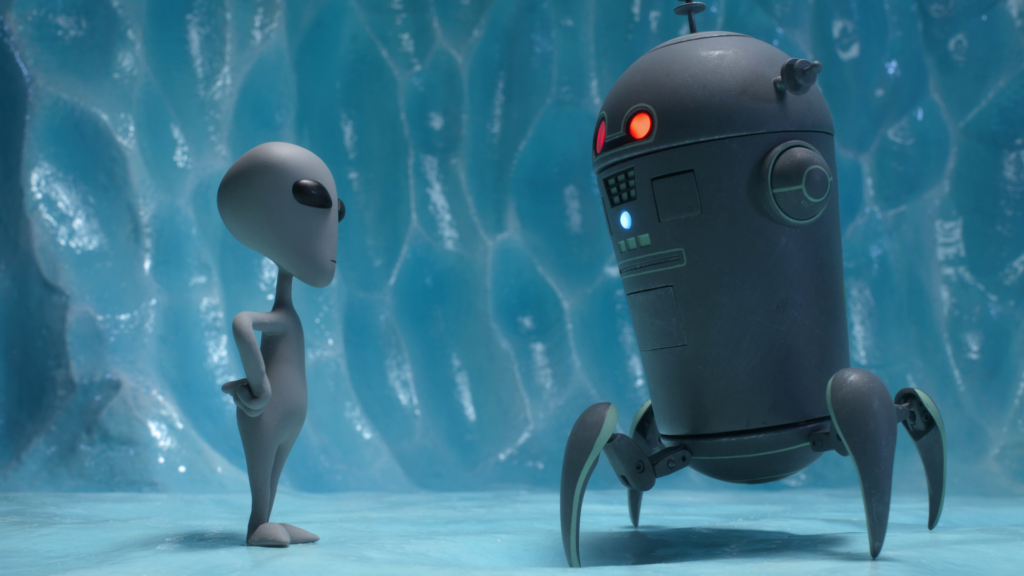


Alien Xmas (2020)
Film review #539
Director: Stephen Chiodo
SYNOPSIS: An alien race called the Klepts, who take everything from the planets they visit, have set their sights on Earth next. They send X to the north pole to build an anti-gravity machine that will send everything on earth into space for the Klepts to correct. However, X has landed just in time for Christmas at the north pole, and Santa is busy preparing for the big day…
THOUGHTS/ANALYSIS: Alien Xmas is a 2020 Christmas film. The plot centres around an alien race called the Klepts that plundered their homeworld of all resources, and now move through the galaxy taking everything they can from other planets (get it? Klepts?… Kleptomaniacs?…). The Klepts have set their sights on Earth as their next target, and their leader sends X to earth to plant an anti-gravity device at the North Pole, which will turn off gravity and send everything into space; making it easy for the Klepts to take. Unsurprisingly, the plot of the film has X have a change of heart about giving rather than taking, and the rest of the plot points involve a lot of the typical plots surrounding Santa getting ready for Christmas, A Dad working too hard and neglecting his family, and the true meaning of Christmas. Nothing you haven’t seen before, but this film is really aimed at young kids, so it has to have all the typical Christmas stuff you’ve probably seen a hundred times before, but they haven’t. There isn’t anything really for older viewers to get or enjoy, so it really is just aimed at the young kids. The “crazy” twist (as Santa calls it) that this is a Christmas story that includes aliens doesn’t really make it enough of an interesting twist for those who have seen these films many times before.
With a runtime of forty-four minutes, the film doesn’t fluff itself up with anything it doesn’t need: it tells a Christmas story with it’s own small twist, but doesn’t offer much else. I’m sure young kids will enjoy it because it’s simple enough to follow, is full of colour, and the stop-motion animation has plenty of expression, but again, anyone who isn’t a young kid won’t find anything new or interesting here.
-
#538 – The Christmas Martian (1971)



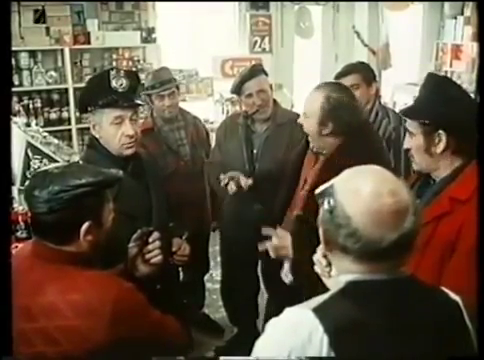


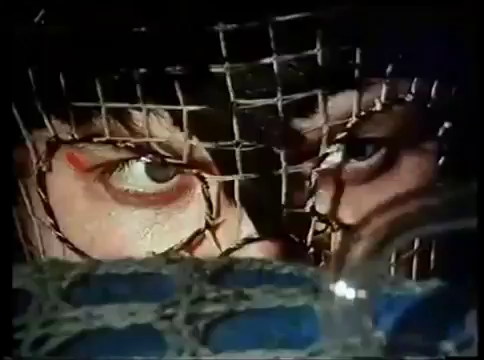





The Christmas Martian (1971)
Film review #538
Director: Bernard Gosselin
SYNOPSIS: Frank and Cathy are two kids out in the snow looking to bring home a Christmas tree, when they stumble upon a spaceship on the ground. Inside, they meet an alien who is trying to repair his spaceship. They decide to have some fun and make some mischief while the people of the town try to hunt down the alien.
THOUGHTS/ANALYSIS: The Christmas Martian is a 1971 Canadian TV movie. Somewhere in a small Canadian town in the wilderness, siblings Frank and Cathy are playing in the wilderness, and have gone to chop down a tree for the family to use as this year’s Christmas tree. I’m not sure in what reality you send out your children who are no older than ten into the woods to chop down a tree and somehow drag it home, but that’s what’s happening I guess. On their wanderings far from civilisation, the two kids find a spaceship parked on the ground. Upon entering, they find an alien who is trying to repair his spaceship, and since the children have not been taught not to approach strangers apparently (especially ones not from this planet), they decide to have fun with the alien causing mischief, stealing vehicles, and other stuff around the town, while the residents try to capture the alien. The film’s plot is nonsensical and barely a plot: it’s just this alien and the kids having a mild amount of fun with “flying” through the air using a large matchstick or something. The kids then “borrow” their uncle’s snowmobile (without permission) and a snowplough later on, which I’m not sure children should be driving. Actually, most of this film is just kids doing stuff that is illegal or just not safe; again, I particularly find the fact that these kids are sent into the wilderness to chop down a tree and drag it home is just bizarre. The running “joke” is that the kid’s mother wonders where the kids are, and the Father’s only reply is that it’s the school break and they’re probably just enjoying themselves.
The whole thing feels like a very cheap TV movie (which it is): the props and sets are fine in some respects, but things like the flying through the air looks pretty cheap and daft. The dubbing is also pretty atrocious, and barely matches the mouth movements. The spaceship has some effort put into it’s design, which is more than can be said for the Martian; who is just wearing a raccoon coat with some sort of net over his head. The only reason you might enjoy this film is if you saw it as a young kid and you have some nostalgia attached to it, but even then it would be a very tenuous link. The main problem in this film is that nothing of consequence ever really happens, and the stuff that does is so unimaginative that it’s hardly going to capture children’s imaginations, let alone anyone else’s. At least in Santa Claus Conquers the Martians there was a plot: an absurd one, but one nevertheless. You don’t need to watch this this Christmas.
-
#537 – National Lampoon’s Men in White (1998)
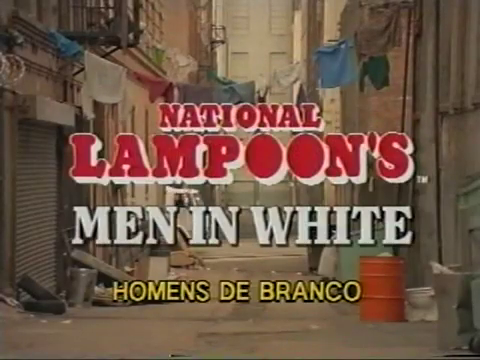


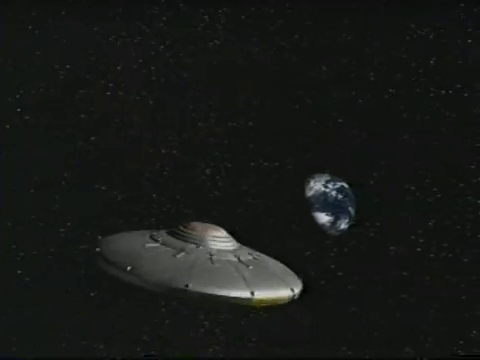
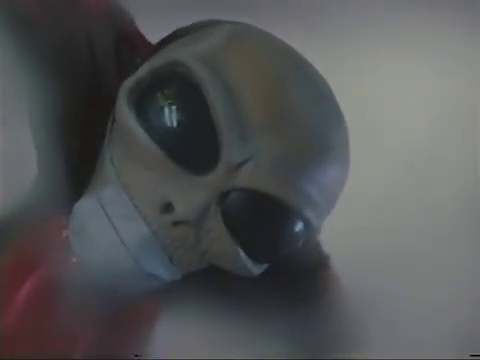
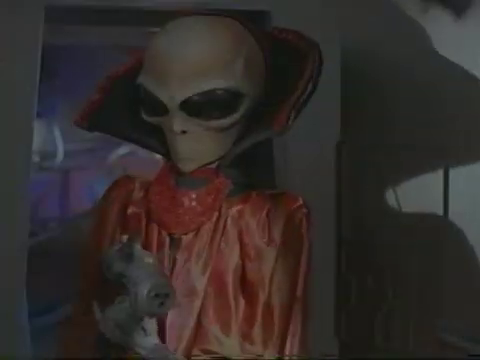

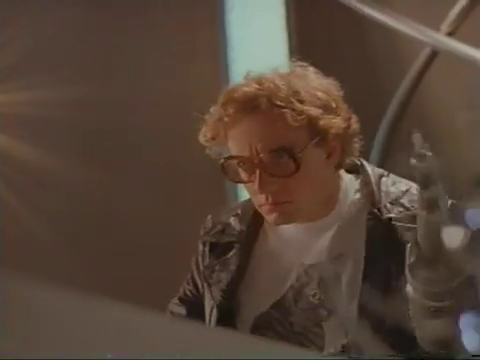

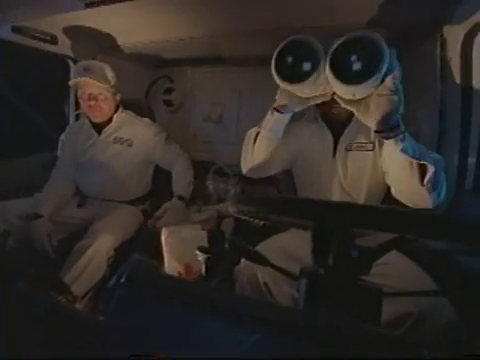
National Lampoon’s Men in White (1998)
Film review #537
Director: Scott P. Levy
SYNOPSIS: Two low-ranking garbage men are abducted by aliens that intend to launch a full-scale invasion of earth. They manage to escape, but are immediately recruited by the government to put a stop to the invasion. However, there are mysterious forces at work that do not want them to succeed…after all, who would put two garbage men in charge of saving the world?
THOUGHTS/ANALYSIS: National Lampoon’s Men in White is a 1998 sci-fi comedy film that is unsurprisingly a parody of the 1997 film Men in Black. The film centres around two garbage men, Roy DuBro and Ed Klingbottom, who are abducted by aliens led by Glaxxon, who intends to invade the Earth with his army. They manage to escape the alien’s clutches, but are almost immediately recruited by the government to stop the invasion by Dr. Strangemeister, who has secretly selected the lowest, most inept government officials to deal with the invasion and fail, since he is secretly working with them. The film is, as the title suggests, a parody of the man in Black film that was released a year earlier, but it is a very loose parody, poking fun at other science-fiction films including Independence Day. The plot is very simple, but it’s just a vehicle for all the gags and comedy, so it’s easy enough to follow. The one thing I’m not sure about is who this film is really aimed at: it has a P.G. rating, and there’s no real adult humour or language, but there’s a fair amount of references that younger viewers probably wouldn’t get. If you’re watching it as a Men in Black parody, there’s enough references throughout the film, and plenty of visual gags that, while nothing special, are still decent. There’s a fair amount of more subtle gags, such as the scenery changing through the President’s windows every scene, which is quite funny, and it reminds me of the Naked Gun films in that no one ever references them. The mix of visual gags, fourth-wall breaking, and slapstick humour is a lot of different techniques that makes threading the film as a whole together problematic; but again, as it’s a comedy-parody film, you can probably just enjoy it for the different gags. Having the National Lampoon’s title attached to it also suggests it would be targeted for an older audience as many of the films are, but I don’t think this is meant to be the case.
The film was produced by Saban International, who most notably do the Power Rangers series, and the aliens and effects definitely have that look and feel about them. Karim Prince, who plays Roy DuBro, also starred in one of the Power Rangers series. There’s a decent mix of CG that doesn’t look too bad for the time, and practical effects that work fairly well. Overall, the film is a mish-mash of different gags that doesn’t really tie together too well, but has a few good jokes (like the scene which makes fun of the Men in Black “neuralyser” that wipes memories). I think the cast is decent enough (apart from the lazy German stereotype of Dr. Strangemeister), but they’re not given too much to do other than delivering bad jokes. It’s not a gripping film, and there’s very little of substance, But I guess for a family film there’s different references and humours for different viewers so I suppose that’s good? I’m not sure anyone who hasn’t watched Men in Black or Independence Day or the like will really appreciate or enjoy it, and it’s references make it a dated film that diminish the humour of the film to modern viewers.
-
#532 – Lobster Man from Mars (1989)
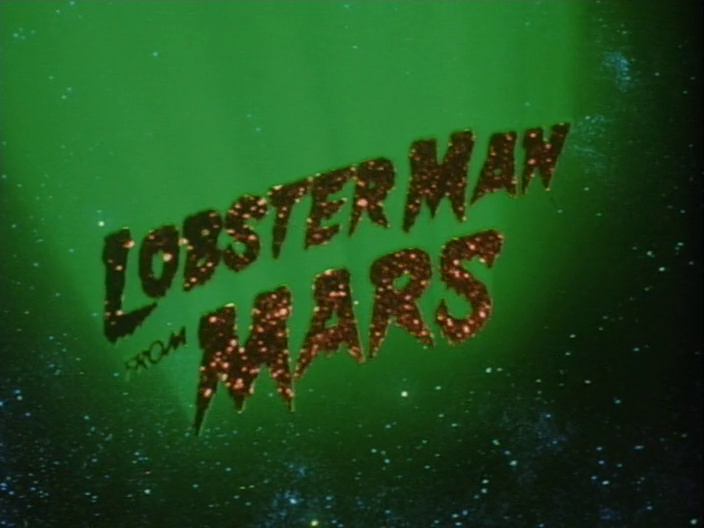
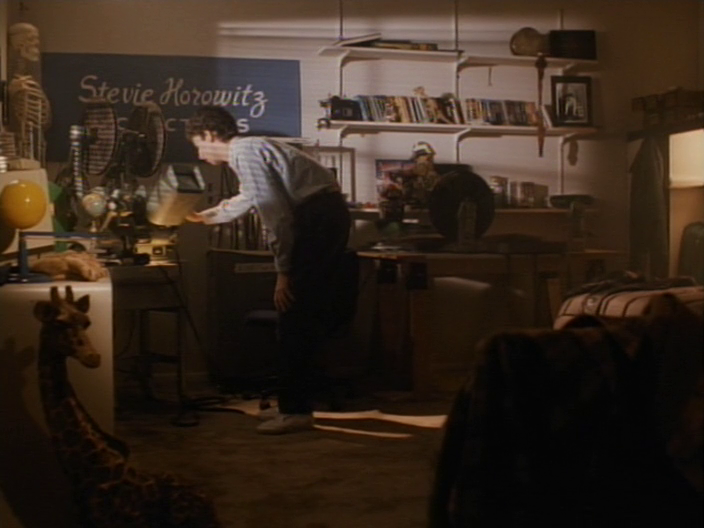
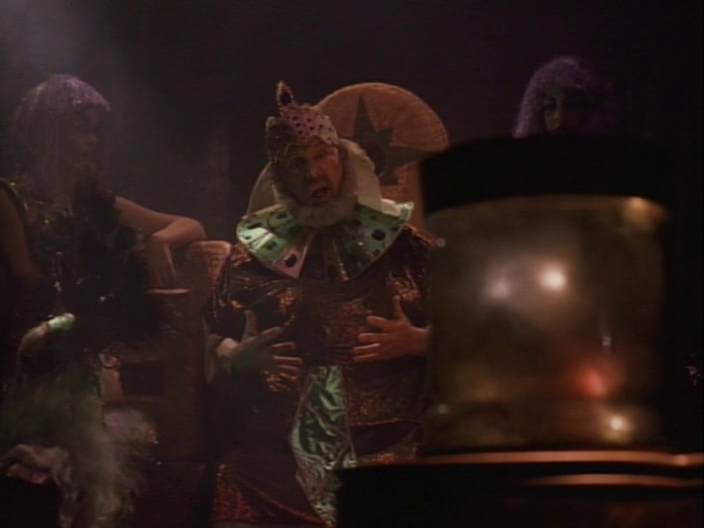
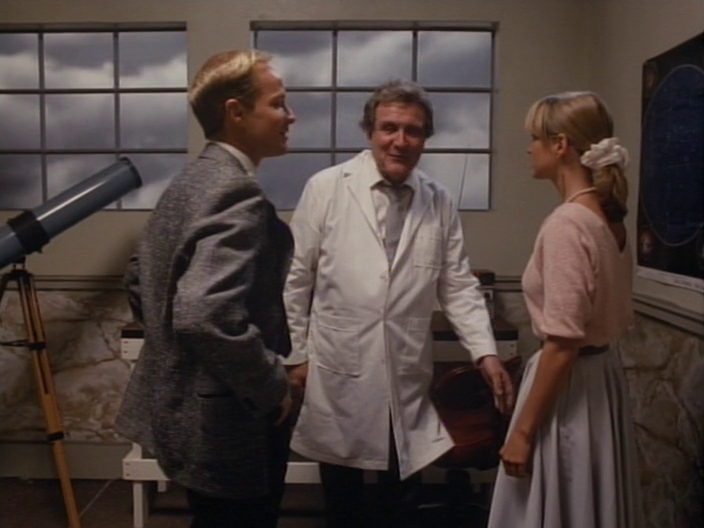

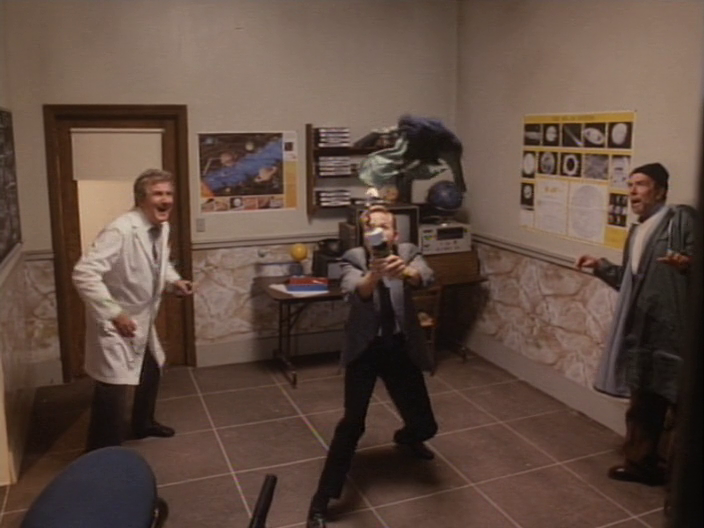
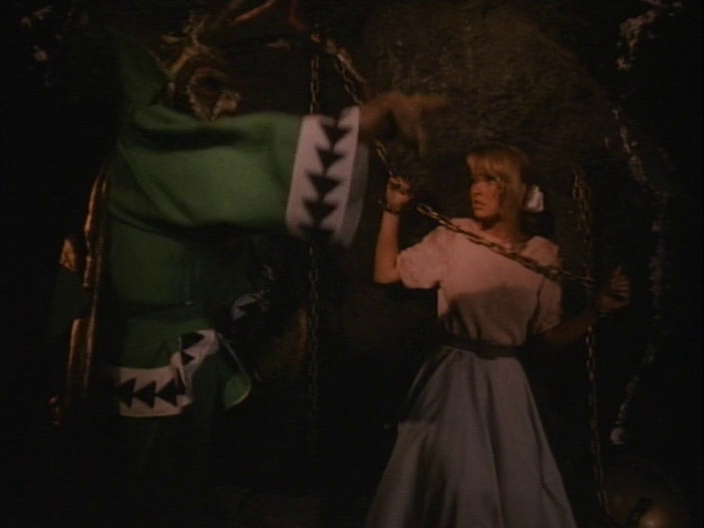
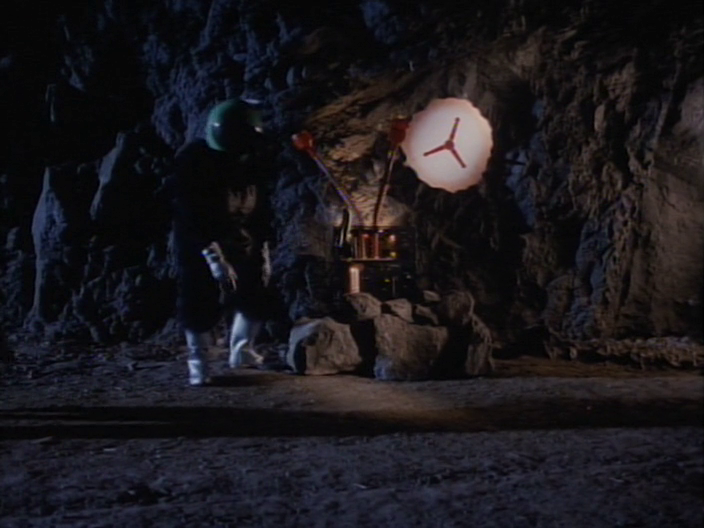


Lobster Man from Mars (1989)
Film review #532
Director: Stanley Sheff
SYNOPSIS: A movie studio executive is plagued by money problems, and requires a tax-write off to keep the IRS away. He decides to produce a film brought in by a young film writer that is utterly absurd: “Lobster Man from Mars…”
THOUGHTS/ANALYSIS: Lobster Man from Mars is a 1989 sci-fi film within a film. Opening up, we see Movie mogul J.P. Sheldrake, who is facing monetary pressure from the usual suspects: his ex-wife, the I.R.S., and so on. He decides he needs to release a movie that flops so badly he can make it a tax write-off and keep those he owes money to at bay. Fortunately, young movie writer/producer Stevie Horowitz walks in with the perfect potential film: Lobster Man from Mars, a film in the style of the old b-movie sci-fi films. The film (as a whole) becomes a film-within-a-film: The movie mogul sits in a theatre to watch the “Lobster Man from Mars” film, and we watch it as well, with a few occasional cutaways to Sheldrake to offer his thoughts. It’s an interesting setup, but was done prior in the 1968 film The Producers to much better effect. We’re also only taken out of the film a few times to see Sheldrake’s thoughts, meaning for the most part the “film in a film” element is irrelevant. With regards to the “Lobster Man from Mars” film itself, it follows a very typical b-movie sci-fi plot which it is aiming to parody: Mars is “leaking air” from it’s atmosphere, and so the ruler of Mars sends the dreaded lobster man and his assistant Mombo, who resembles a gorilla in a space helmet, to go to Earth and steal all it’s air…? Honestly, I’m not sure how they’re going to steal Earth’s air, and how it’s going to help if Mars is “leaking” any air it gets anyway, but regardless, when they arrive on Earth, the killing starts, and anyone who gets in their way gets turned into a pile of bones.
The film mostly plays it straight, with the film-in-a-film just being played without any commentary or over-the-top parody: it could easily pass for an actual b-movie. This is both a core strength and a weakness in the film: the best comedic moments come from the film playing it completely straight without any overt humourous moments, and it is the unexpected moments that provide the best comedy. The drawback to this is that it sometimes plays it too straight, and you forget you’re watching something that is supposed to be funny for fairly long stretches. The humour also feels fairly niche, in the sense that you would have to have actually watched these films originally to really get what it is parodying. Some of the really niche references, such as Colonel Ankrum being a reference to Morris Ankrum, who played similar characters in 1950′s films, is only going to be understood by a fraction of viewers. It definitely gets the b-movie feel right, but in 1989, there was plenty of other parodies of the genre that offered something new and entertaining from an entertainment perspective. This film just feels like it goes through the motions while reminding you it is a parody from time to time. There were a few of these b-movie parodies in the 80′s, but they typically went for a more upfront comedy and absurd premise, such as Killer Klowns from Outer Space. While a plot about Mars leaking air sounds quite silly, it definitely fits the b-movie mold, and would probably have fit right in. Although released in 1989, the film was actually written about ten years earlier, and it definitely feels that way. Lobster Man from Mars does something a little different, but it altogether feels a bit too niche and relies too much on in-jokes to appeal to a more general audience.
-
#531 – The Gingerweed Man (2021)
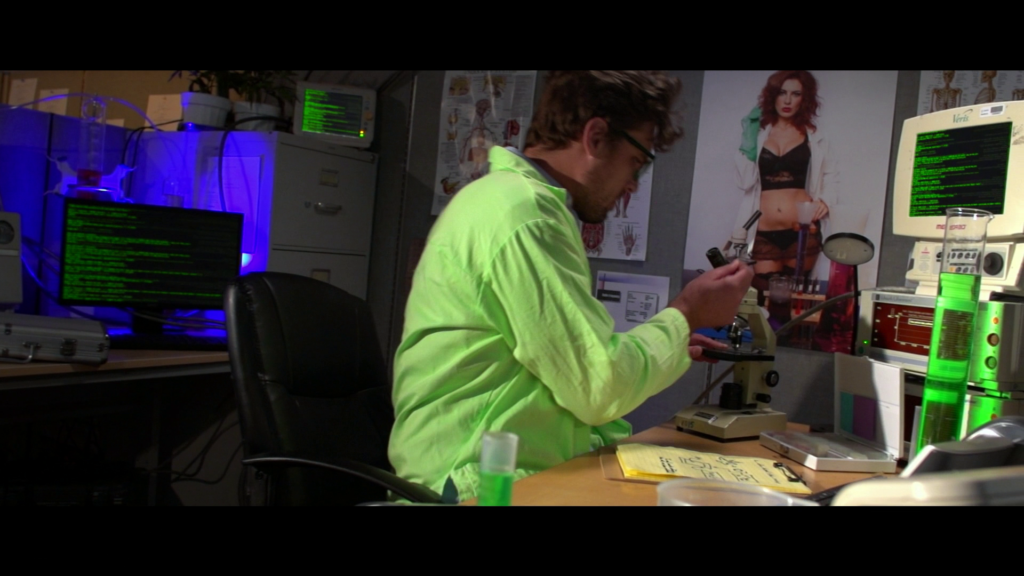
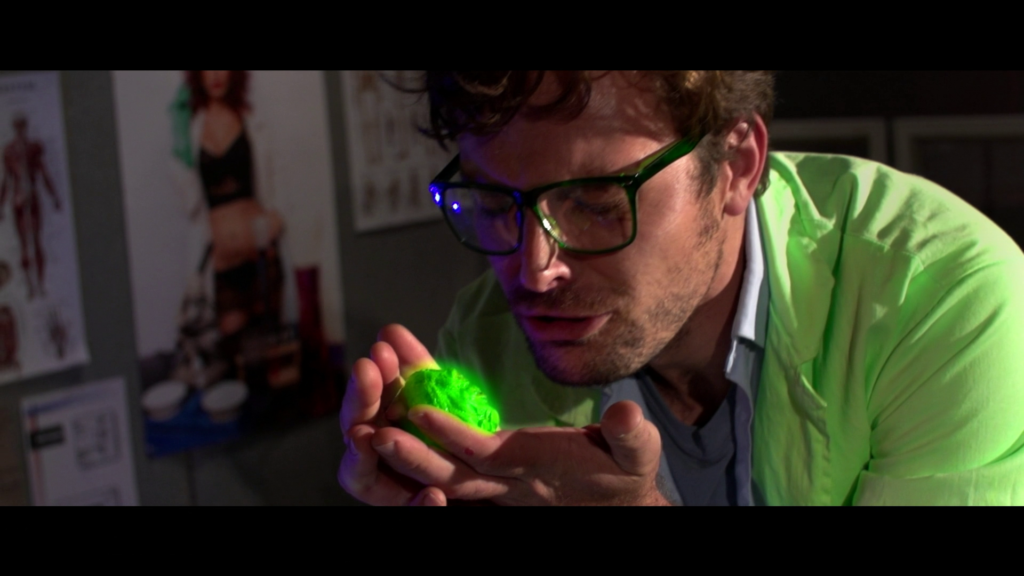
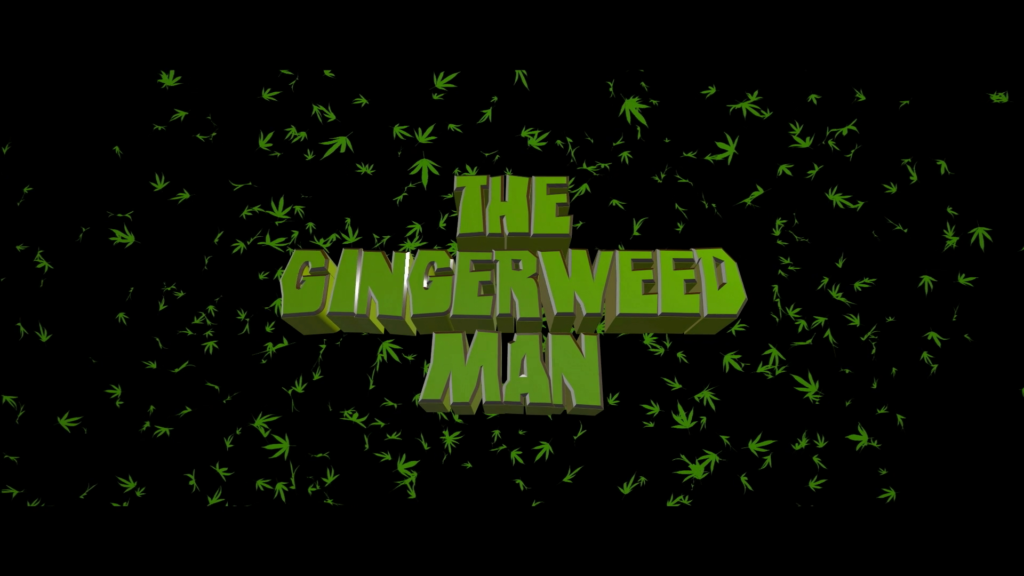
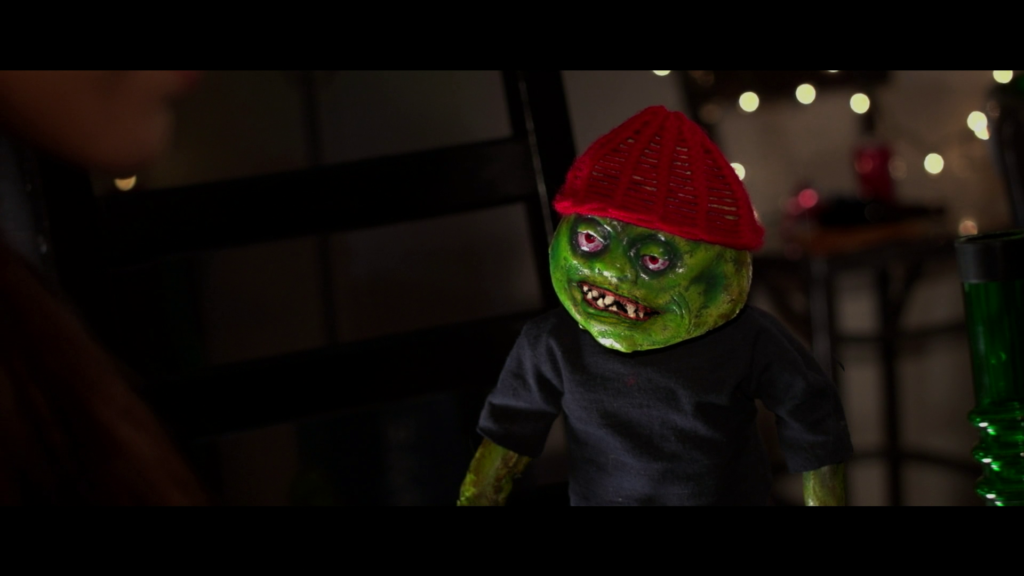
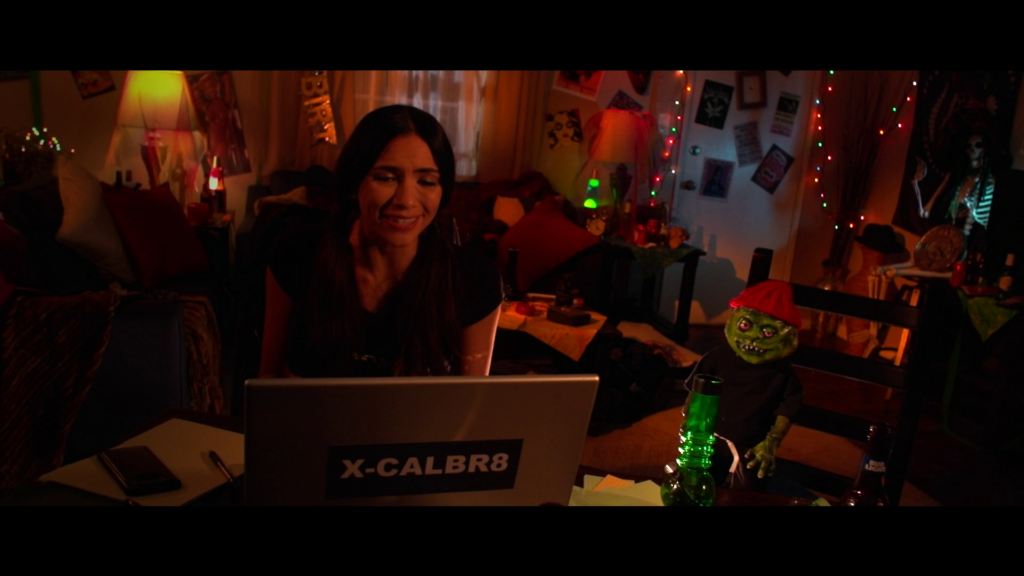

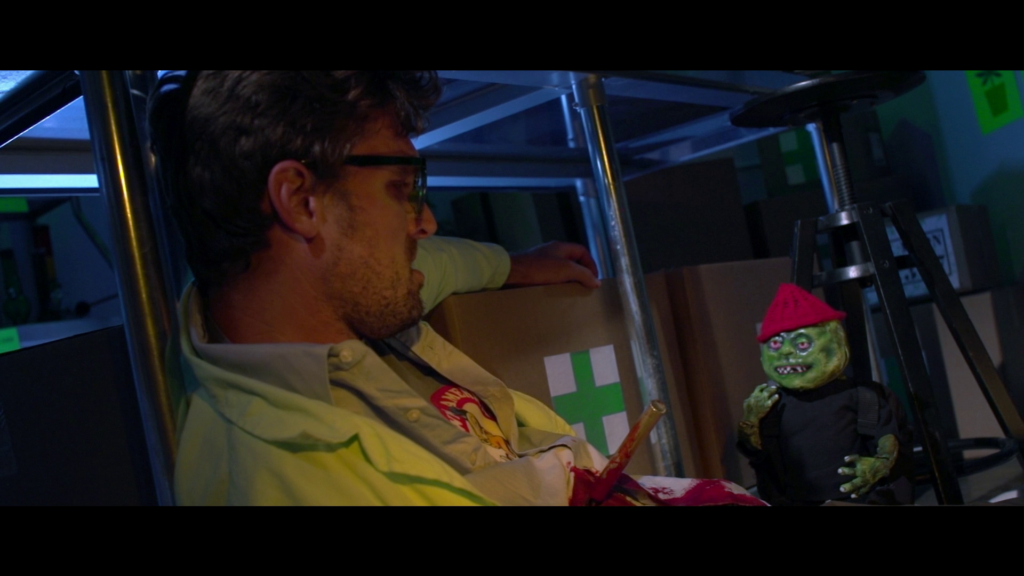
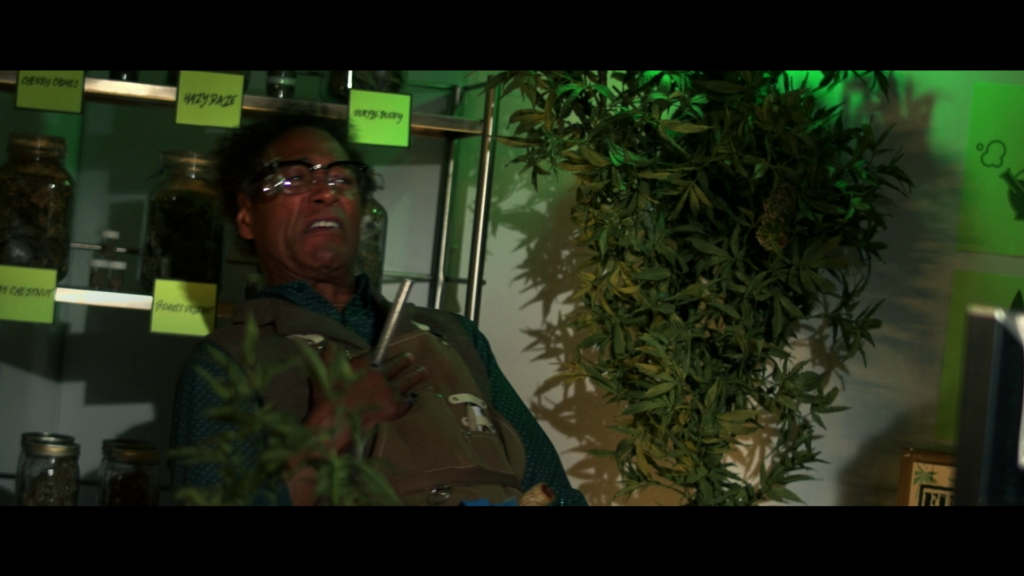

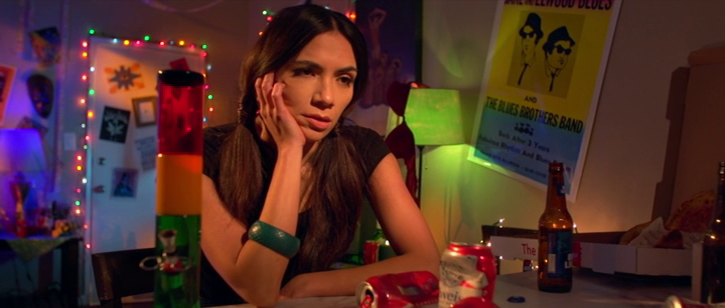
The Gingerweed Man (2021)
Film review #531
Director: Brooks Davis
SYNOPSIS: The Gingerweed man has started a weed delivery service in the city, catering to all sorts of clientele. When he stumbles upon a living, super strain of weed, he finds himself having to prevent it from falling into the wrong hands and being used for evil…
THOUGHTS/ANALYSIS: The Gingerweed Man is a 2021 film and a spin-off of the Evil Bong film franchise. From the opening, we see that the Gingerweed Man has set up a weed delivery service with his partner Barbara, and delivers weed to all the wacky people around town. Meanwhile, a scientist has managed to create a living, super strain of weed powerful enough to save or destroy the world. The evil “Smokeahontas” hunts down the scientist, who manages to hide the super weed and subsequently falls into the hands of the Gingerweed Man. The film’s story is fairly easy to follow, although offers nothing really of any substance. As with the Evil Bong films from which it spawned, the film is only going to be entertaining if you are as high as a kite; the humour is crude most of the time, and apart from that, just doesn’t give anything entertaining to the viewer. Luckily, at just over fifty minutes long (spread over two chapters), it’s fairly quick and harmless, and the short runtime means it doesn’t waste time with extended dialogue or pointless things.
One of the main problems with the film is that the main character, The Gingerweed Man, is not really interesting, and feels like a mish-mash of tropes: he dresses like a stoner, but talks like a posh Englishman with the accent to match. I’m just not sure how to situate the character, so it’s difficult to see where the comedy comes from. Smoke-ahontas as the villain doesn’t seem to really do anything other than to chase other characters, and “Buddy” as the super weed strain…thing is just an annoying high-pitched mascot thing which you will grow tired of quickly.
The Gingerweed Man could have been a chance to try something new after all the Evil Bong movies which are essentially all the same. Of course, being made by Full Moon Entertainment, it was never going to push things in an innovative or original way, but it is at least a bit different (in that it actually has some sort of plot). The film is shot decently, and there’s more than two different sets, so that’s a win. Overall though, I think it’s safe to say that The Gingerweed Man isn’t really anything worthwhile, unless you’re so high you’re detached from reality.
